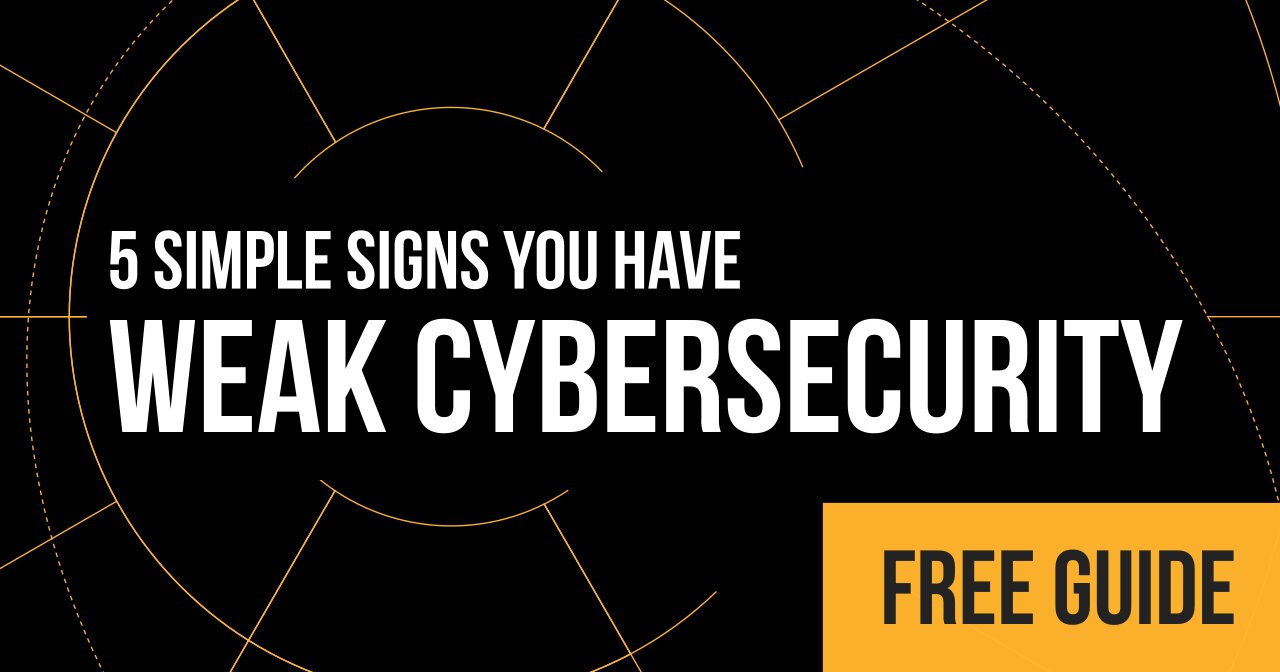 Want to maintain a secure, compliant, and competitive environment? Then it’s time to think about a strategy that not only protects your organization’s assets but also aligns with any industry standards that you may need to meet.
Want to maintain a secure, compliant, and competitive environment? Then it’s time to think about a strategy that not only protects your organization’s assets but also aligns with any industry standards that you may need to meet.
Look at today’s headlines and you’ll quickly see that having a robust security program is no longer optional. It’s a critical requirement for businesses of all sizes. As a decision maker, one of your key responsibilities is to ensure that your organization's security strategy is keeping everyone safe and meeting the standards of your industry.
So, do you want to establish a strong security foundation?
A standards-based security program is built on a framework developed by experts and recognized globally. Frameworks such as ISO/IEC 27001, NIST, and GDPR guidelines provide a structured approach to managing security risks. These standards are not just random rules but are devised based on years of expertise and best practices across industries.
Implementing these standards helps ensure that your security measures are comprehensive and cover various aspects of your IT environment—from data protection and access controls to network security and incident response. This holistic approach minimizes gaps in your security strategy that could be exploited by cyber attackers.
The Importance of Enhancing Credibility and Trust
Building trust with clients, stakeholders, and partners is paramount. One effective way to build this trust is by demonstrating compliance with recognized security standards. When clients know that your security program adheres to respected standards, they are more likely to trust your ability to protect sensitive information.
This is especially important if you operate in sectors like healthcare, finance, or any other field that handles sensitive data. Compliance with relevant standards not only shows commitment to security but also to legal and regulatory requirements, further enhancing your credibility.
Facilitating Risk Management
A standards-based approach provides a systematic process for identifying, assessing, and mitigating risks. By following a standardized method, you can ensure that no critical threats are overlooked and that all potential vulnerabilities are addressed systematically. This proactive risk management not only helps in safeguarding your assets but also prepares your organization to respond effectively in case of a security incident.
Moreover, many standards require regular audits and reviews. These periodic evaluations help you monitor the effectiveness of your security measures and make necessary adjustments to adapt to new threats and changes in the business environment.
Streamlining Compliance and Security Efforts
A standards-based security program aligns your security efforts with these compliance requirements, streamlining processes and reducing redundancy. This alignment not only saves time and resources but also minimizes the risk of compliance violations that can result in hefty fines and reputational damage.
Final Thought: It’s all about continuous improvement
Security standards are not static; they evolve in response to new cybersecurity trends and technologies. By adopting a standards-based approach, your organization commits to a process of continuous improvement. Regular updates to standards mean your security practices remain at the cutting edge, not just maintaining but enhancing your defensive capabilities over time.
This commitment to continual improvement also demonstrates to your customers, employees, and partners that you take security seriously and are committed to maintaining high standards over the long term.



